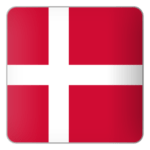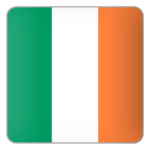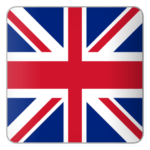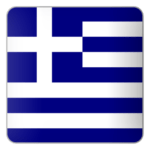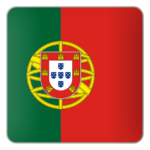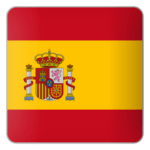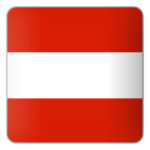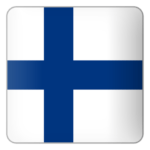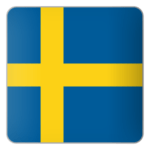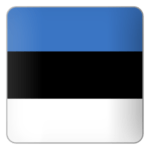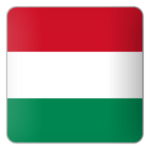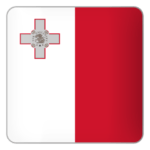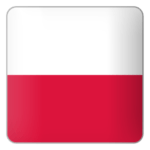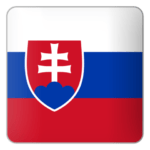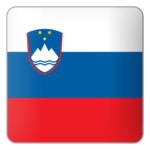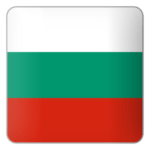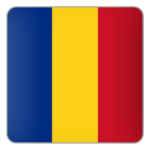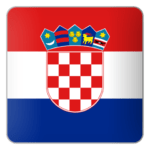This morning began bright and early as the bus pulled up in front of our residence. We were soon on our way to Verdun, which to be honest I had never heard of until I was given the background reading in our itinerary. Verdun was an essential town in World War 1, as it was well fortified near the German-French border and guarded a direct path to Paris. The Germans thought that they could easily take Verdun from France and continue on to take Paris; however, the French and the Americans were waiting for them and able to prevent the Germans from taking the city.
Learning of this took place in two forms today. The first was a memorial for the American and French soldiers that lost their lives in battle at Verdun. This memorial consists of a building (as pictured below) containing a bell tower, a chapel, and two wings of memorabilia and dedications. There was also the grave sites of all of the soldiers that could be identified (also pictured below). As for the remains that could not be identified, there are windows into the basement where they keep a pile of bones; it is truly a sight no one could ever be prepared to see.
The second place we went to in Verdun was the Verdun Memorial Museum. This museum not only covered the battle in Verdun, but also all aspects of World War 1. It was my favorite museum thus far, as it used many different mediums such as, audio sets, staggered screens, and see through floors to truly engage the visitors in what they are learning. My favorite area was below the stairs to the second level, where they had a room dedicated to the trinkets and letters that the soldiers carried with them during the war. Not only did it give humanity to an event that is typically talked about very dryly in textbooks, but it went even further to convey how the soldiers felt while facing something very few have.
 Once we returned to Metz, Dr. Birchfield decided to end the day on a happier note and took us to an amazing Middle Eastern restaurant that had recently opened. The food was delicious and included, grape leaves, falafel, and chicken skewers. After we finished eating, we were all invited to have peppermint tea and treats in the tented area, which shone with many bright colors (pictured below). We discussed what we had seen that day and the schedule for the rest of the week. Finally when everyone got their fill of Turkish delight and baklava, we called it a night.
Once we returned to Metz, Dr. Birchfield decided to end the day on a happier note and took us to an amazing Middle Eastern restaurant that had recently opened. The food was delicious and included, grape leaves, falafel, and chicken skewers. After we finished eating, we were all invited to have peppermint tea and treats in the tented area, which shone with many bright colors (pictured below). We discussed what we had seen that day and the schedule for the rest of the week. Finally when everyone got their fill of Turkish delight and baklava, we called it a night.












